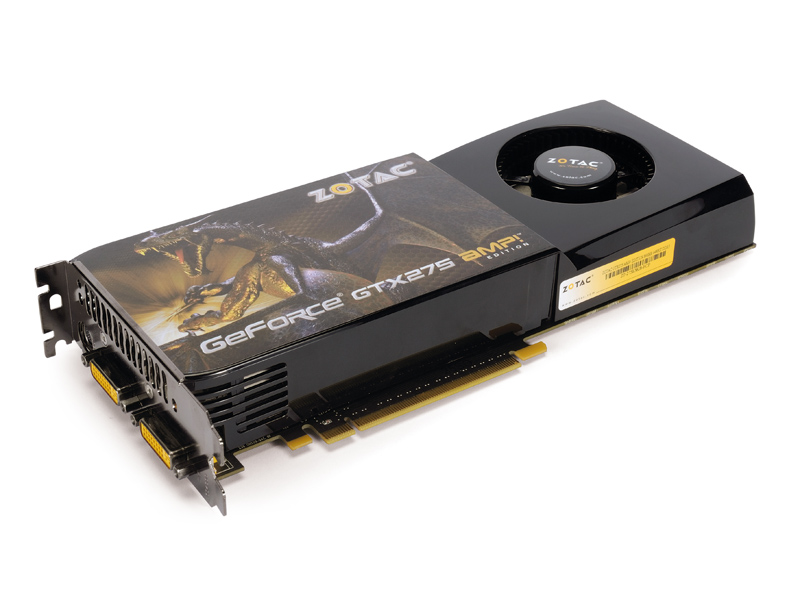
Forget the high-end stuff, the mid-range is where it's at. There's never been a better time to drop £200 on a new graphics card. Allow us to explain why it's time to upgrade.
AMD and Nvidia have recently released new mid-range graphics cards, devices that are specifically designed and priced to hit the most profitable segment of the graphics market. They're both remarkably powerful pieces of silicon.
We've certainly not seen anything quite as capable hit this price point, and it could tempt a few more people than usual to part with what seems like a lot of money for a mid-range pixel-pusher.
Opening old wounds
It's not just about the cards, though. There was more than a little political manoeuvring from AMD and Nvidia in order to get them both out into the high street. Initially, AMD was to have brought its Radeon HD 4890 out first, at the beginning of April, but it's telling that Nvidia then quickly shunted its own release forward to coincide with the competition's launch.
That will definitely not have pleased AMD. AMD could spin this as good news, of course: it certainly means that Nvidia is definitely taking it seriously as a threat now. Not so in the days after the release of the fantastic GeForce G80 GPU and the terrible failure, much later on, of AMD's R600 chip. Nvidia built up a seemingly unassailable lead throughout the 8 and 9 series cards – but then came the 48xx series from AMD, and with it a new philosophy.
The firm changed its focus to concentrate on elegant, affordable chips for the low-and mid-range that were still scalable enough to deploy in powerful single PCB, multi-GPU configurations. The resulting 4870x2 card showed AMD's competition how to do multi-GPU properly, forcing Nvidia to produce large, power-hungry and expensive – though fantastically fast – chips in order to maintain the high-end of the market.
Get daily insight, inspiration and deals in your inbox
Sign up for breaking news, reviews, opinion, top tech deals, and more.
With AMD's cheaper 4850 and 4870 cards happily occupying the profitable mid-range, Nvidia has obviously had to make a serious effort with this latest launch. Hence the rejigged release schedule. Both cards are revised versions of existing chip architectures, the 4890 being basically an overclocked 4870 with a redesign on the component side.
It's clear from looking at the fattened capacitors on this latest board that it's ripe for further overclocking, and the stock chip offers a fair amount of headroom for the serial tweakers.
The same can be said of the GTX 275, the result of a mating between the GTX 260 and GTX 285 cards. The odd 448-bit memory bus is still there from the 260, but the power of the 285 has been replicated in this much cheaper card and Zotac's tweaks have reaped tangible benefits in terms of its performance.
It's strange – given that the GTX 285 was such an expensive luxury – that it was the one of the few cards that generated some money for Nvidia. The company will need to sell plenty of the GTX 275, though, as it can't be making much money on each card with the still-expensive GT200 GPU continuing to beat at its core.
Luckily for Nvidia, the price point, power and bundled extras of the new card mean that it's got my vote: AMD's rival can't quite match the PhysX tech and implementation. With both cards humming away on our test bench, it's clear that bringing the launch date forward was an excellent move for Nvidia.